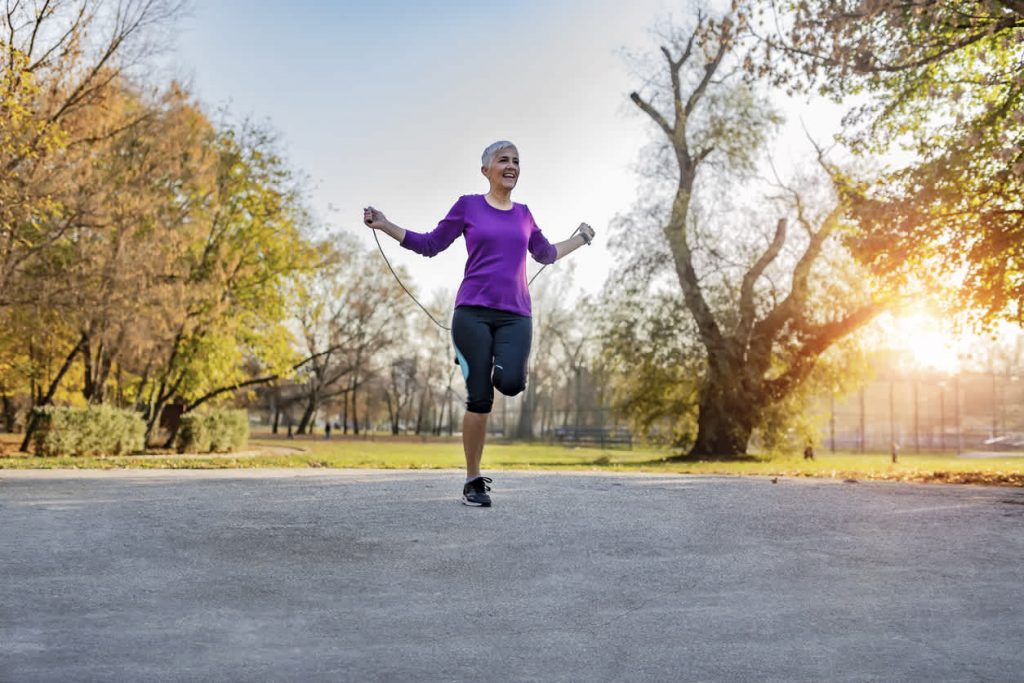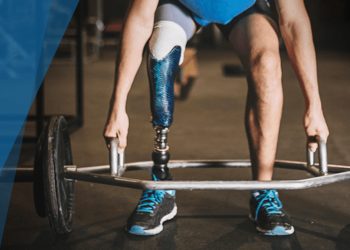In the realm of fitness and exercise, much emphasis is often placed on strength training, cardiovascular exercise, and flexibility routines. However, one crucial aspect of physical fitness that is sometimes overlooked is balance and stability. These components are essential for everyday movements, sports performance, and injury prevention. Balance training exercises, which target the body’s ability to maintain equilibrium, are increasingly recognized as valuable additions to fitness routines. Let’s explore the importance of balance and stability and delve into some effective exercises to enhance coordination and proprioception.
At its core, balance refers to the ability to maintain the body’s center of mass over its base of support. This skill is fundamental for performing everyday activities such as walking, climbing stairs, and reaching for objects. Moreover, balance plays a vital role in sports and athletic performance, where precise coordination and stability can make the difference between success and failure.
Stability, on the other hand, refers to the body’s ability to maintain control and posture during dynamic movements or when faced with external forces. Strong stabilizing muscles help prevent falls, reduce the risk of injury, and improve overall movement efficiency. By incorporating balance training exercises into your workout routine, you can enhance your coordination, proprioception, and overall physical performance.
Balance training exercises come in various forms, ranging from simple static holds to dynamic movements that challenge coordination and stability. One of the most basic balance exercises is the single-leg stance, where you stand on one leg while maintaining proper alignment and posture. This exercise helps strengthen the muscles around the ankles, knees, and hips while improving proprioception and balance control.

Another effective balance exercise is the stability ball plank, where you place your hands or forearms on a stability ball and hold a plank position. This exercise not only targets the core muscles but also challenges your balance and stability by introducing an unstable surface. By engaging multiple muscle groups simultaneously, stability ball exercises help improve overall body coordination and control.
Additionally, exercises that involve dynamic movements and changes in direction are excellent for enhancing balance and stability. For example, the single-leg deadlift requires you to hinge at the hips while balancing on one leg, engaging the muscles of the core, hips, and legs to maintain stability. Similarly, lateral lunges and curtsy lunges challenge your balance and coordination by incorporating side-to-side movements and changes in direction.
Balance training exercises can also be enhanced by incorporating balance tools and equipment such as balance boards, wobble cushions, and stability discs. These devices add an element of instability, forcing your muscles to work harder to maintain balance and control. By regularly incorporating balance tools into your workouts, you can further challenge your coordination and proprioception, leading to improvements in overall stability and performance.
Incorporating balance training exercises into your fitness routine offers numerous benefits beyond improved coordination and stability. These exercises can help prevent falls and injuries, enhance athletic performance, and improve functional movement patterns. Moreover, balance training can benefit individuals of all ages and fitness levels, making it a valuable component of any comprehensive exercise program.
Balance and stability are essential components of physical fitness that are often overlooked in traditional workout routines. By incorporating balance training exercises into your fitness regimen, you can improve coordination, proprioception, and overall physical performance. Whether you’re a seasoned athlete looking to enhance your athletic performance or a beginner looking to improve functional movement patterns, balance training offers a wide range of benefits for individuals of all ages and fitness levels. So, challenge yourself with balance exercises, and reap the rewards of improved coordination and stability in your everyday life.





